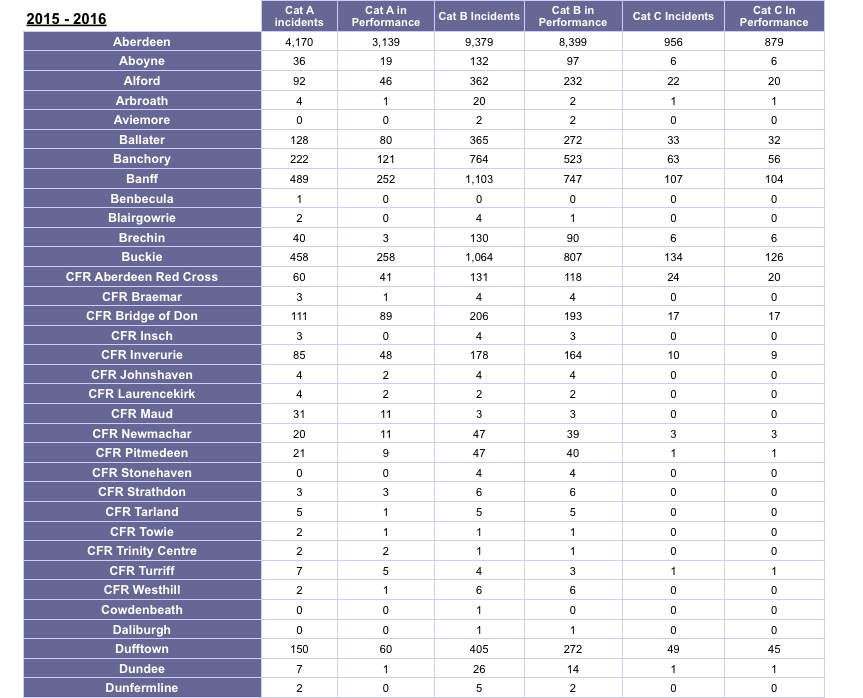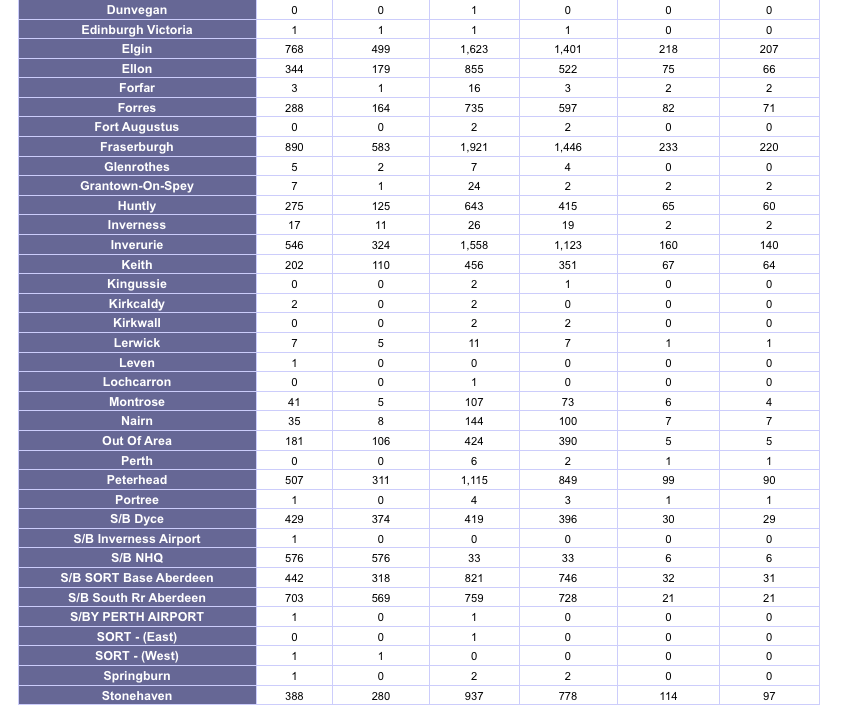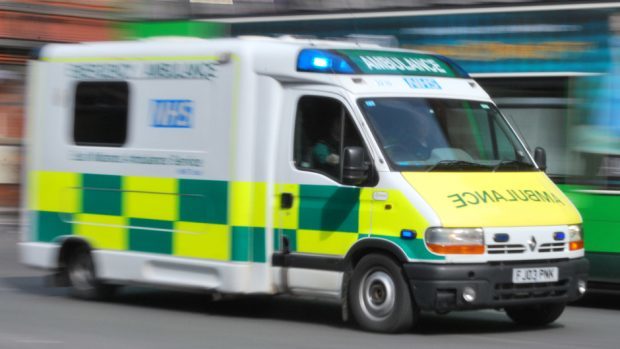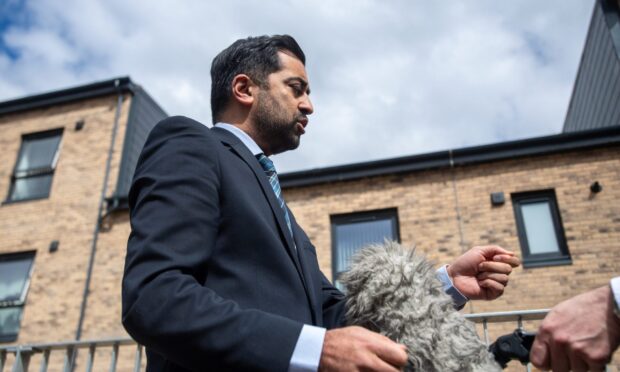Shock new figures show mercy crews in Grampian have failed to hit response targets for life-threatening emergencies for three years running.
The Press and Journal can reveal “seriously overstretched” paramedics across the region are struggling to reach critical cases within the benchmark eight minutes.
The statistics have been released after repeated warnings about the state of ambulance cover in the north-east.
An investigation was launched after paramedics took almost half an hour to reach teenage cyclist Keiran McKandie, who died after an accident near his home.
Earlier this week The Press and Journal revealed that Dr Kenneth Lawton – one of the most senior medical figures in the north-east – had “big concerns” about the ambulance service in the region.
The Scottish Ambulance Service aims to reach 75% of Category A cases – the most serious – in eight minutes.
But statistics obtained under freedom of information legislation show that target has been missed repeatedly.
Across Grampian, the 2015-16 figure was 68% – down from 72% the previous year and 73% in 2013-14.
An analysis of the figures by individual local ambulance station also lays bare some of the difficulties in reaching scenes within the target time.
For Huntly, the figure for 2015-16 was just 45.5%, down from 54.7% the year before and 57% in 2013-14.
Inverurie’s performance was 59.4% in 2015-16, down from 68.1% the previous year and 69.5% in 2013-14, while in Keith, the figures were 54.5% for 2015-16, down from 57.5% in 2014-15 and 59% in 2013-14.
In Elgin, ambulances only reached Category A incidents within eight minutes 65% of the time in 2015-16, while just 40% of services met the target in Dufftown in the same year.
For Category B incidents -serious but not life-threatening injuries – the target to respond to 95% of calls within 19 minutes was missed across Grampian in 2015-16 (81.4%), 2014-15 (85.6%) and 2013-14 (89.4%).
Last night, Aberdeenshire West MSP Alexander Burnett said the public would be deeply concerned by the figures.
The Scottish Ambulance Service admitted its teams were “busier than ever as emergency demand continues to increase” in Grampian, but said it was investing in additional staff.
Scottish Conservative MSP Mr Burnett said: “These response time figures are clearly very worrying, with an unacceptably poor performance in rural areas covered by stations in Aberdeenshire towns like Huntly and Inverurie.
“We have heard anecdotal evidence that ambulances are taking as long as half an hour or more to reach accident scenes in Aberdeenshire.
“There are always a number of factors that can explain drops in performance, but it seems that the service in this area is seriously over-stretched and under-resourced.”
A Scottish Ambulance Service spokesman said the average response time to a potentially life-threatening situation was seven-and-a-half minutes and that the nearest ambulance was always dispatched “straightaway”.
He added: “Ambulance teams in Grampian are busier than ever as emergency demand continues to increase.
“The service is addressing this by investing in an additional 32 new frontline staff for deployment in the region this year.
“The investment is fundamental to delivering the most appropriate care to every patient, whether at home or in the hospital and is the first phase of a five-year programme that will create 1,000 new paramedics in Scotland, many of whom will be deployed in Grampian, to enhance the clinical skills mix of our staff and introduce new ways of working to best meet the needs of patients.
“Since 2015 the Service has also invested around £2.5million in ambulance station upgrades and improvements in the north-east.”
How ambulances performed near you:
This table shows the number of incidents by category of seriousness that ambulance crews responded to in 2015-16. Category A represents the most serious, life-threatening injuries.
The ‘performance’ column shows how many of these incidents paramedics reached within the target time. The Scottish Ambulance Service has a target of attending at least 75% of Category A incidents within eight minutes.












